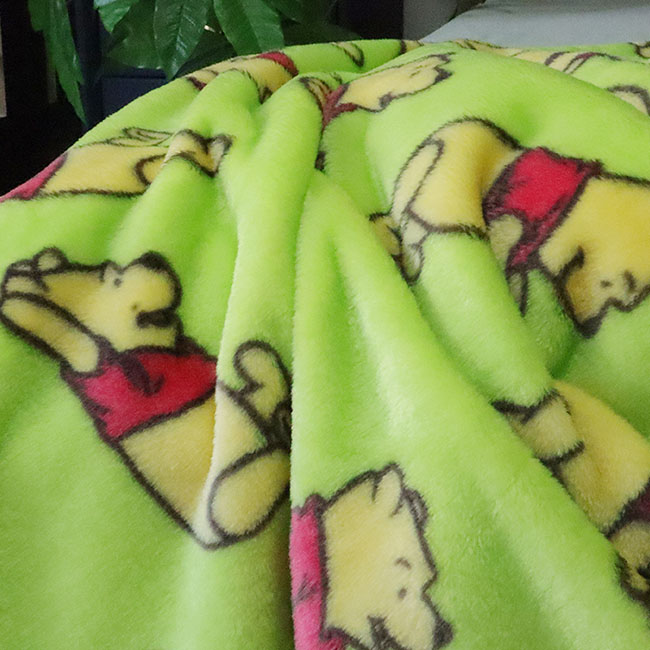How to produce raschel blanket?
2024-09-19
Producing a Raschel blanket involves several steps, mainly centered around the knitting process using Raschel knitting machines. Raschel blankets are typically made from synthetic fibers like acrylic or polyester, providing warmth and durability. Here's an overview of the production process:
1. Raw Material Preparation
Fiber Selection: The most common fibers used are acrylic or polyester because of their softness, durability, and warmth. These fibers are sourced in the form of yarn.
Yarn Dyeing: If colored blankets are required, the yarn is dyed using various dyeing techniques before knitting.
2. Raschel Knitting Process
Raschel Knitting Machine: This machine is key to the blanket's production. It’s a warp knitting machine that uses multiple yarns to produce openwork, lacy fabric, but it can also make heavier materials like blankets. The machine is equipped with several needle bars and can produce intricate patterns.
Knitting the Fabric: The yarn is fed into the machine, and the knitting process begins. Raschel knitting produces a looped structure that results in a thick, soft, and stretchy fabric. This structure is what gives the blanket its fluffy, luxurious feel.
3. Finishing Process
Brushing: After knitting, the blanket may go through a brushing process. This step lifts the surface fibers, enhancing the softness and giving it a plush, velvety feel.
Cutting: The fabric is cut into the desired blanket size. Common sizes include twin, queen, and king dimensions.
Edge Binding: To prevent the blanket from fraying and to give it a finished look, the edges are hemmed or bound with satin or other materials.
4. Design and Printing
Printing/Embossing: Many Raschel blankets feature intricate designs, which are either printed or embossed onto the fabric. Heat transfer printing is commonly used to apply designs, as it ensures the colors remain vibrant.
Patterning in the Knitting Process: Some designs are woven directly into the fabric using different colored yarns during knitting. This results in more durable, high-quality patterns.
5. Quality Control
The finished blankets undergo quality inspections for defects such as holes, uneven knitting, or color inconsistencies. Any defective products are either repaired or discarded.
6. Packaging
Once inspected, the blankets are folded, packaged, and prepared for distribution. They are often vacuum-sealed to reduce their volume for easier transportation.
This process, especially the knitting on Raschel machines, allows for a wide range of designs and textures to be created, making Raschel blankets both functional and decorative.



